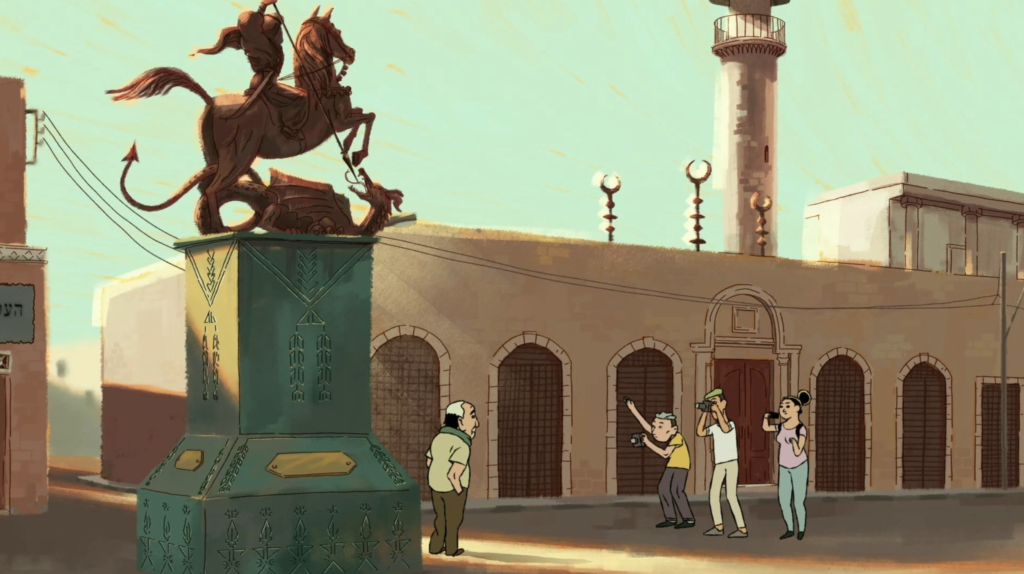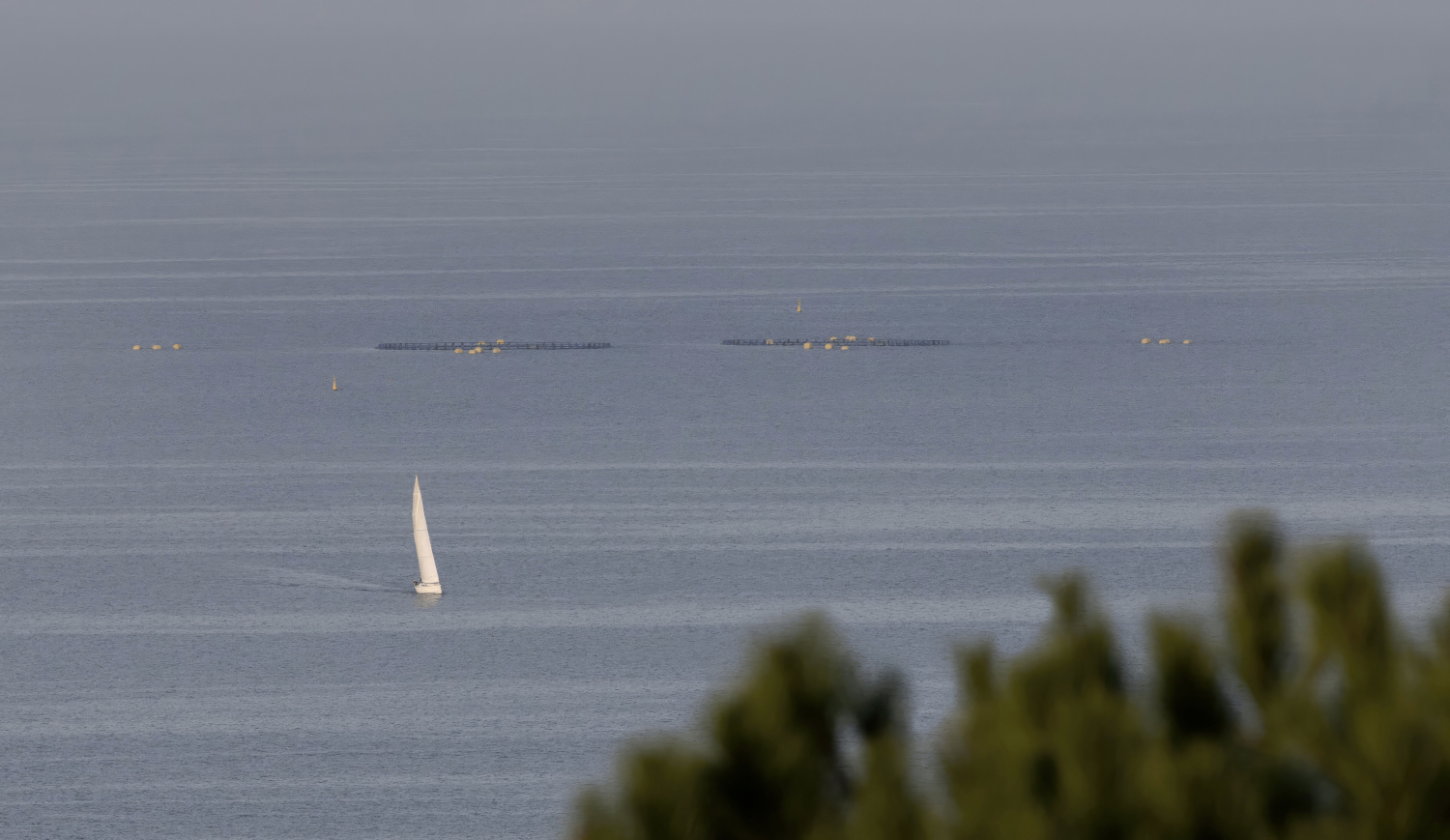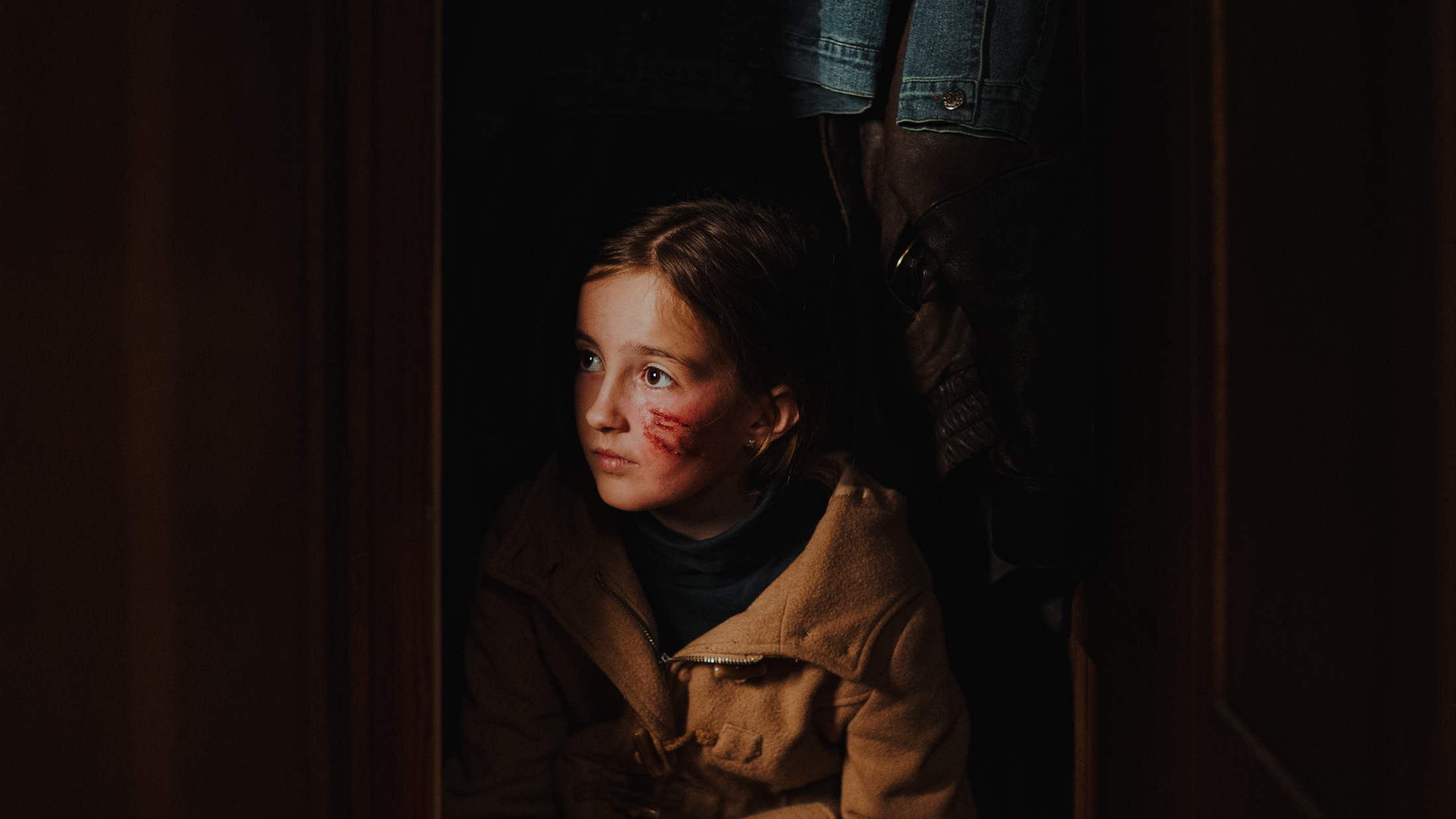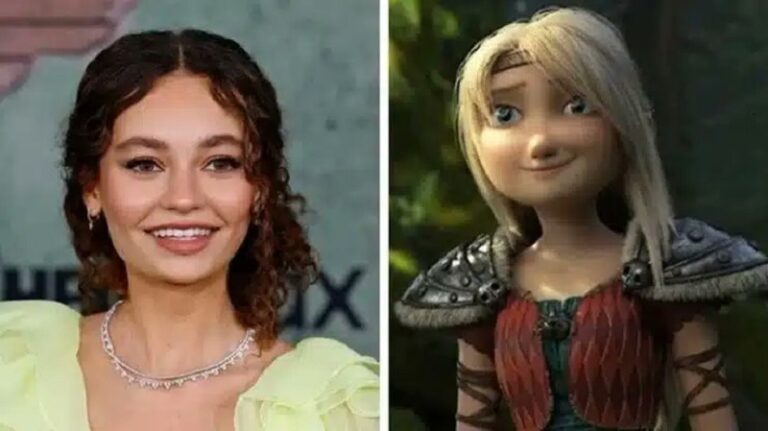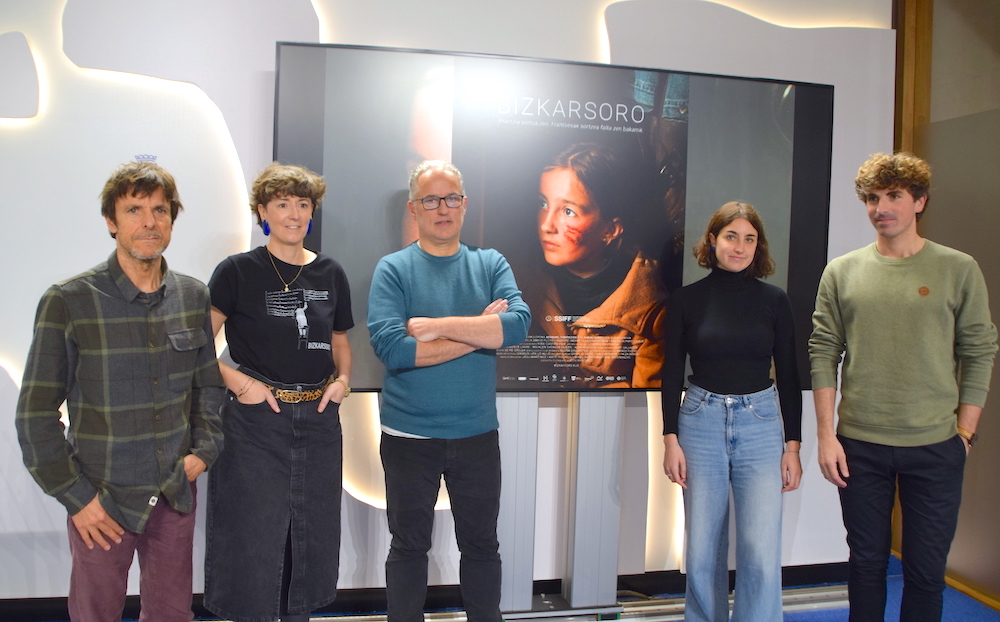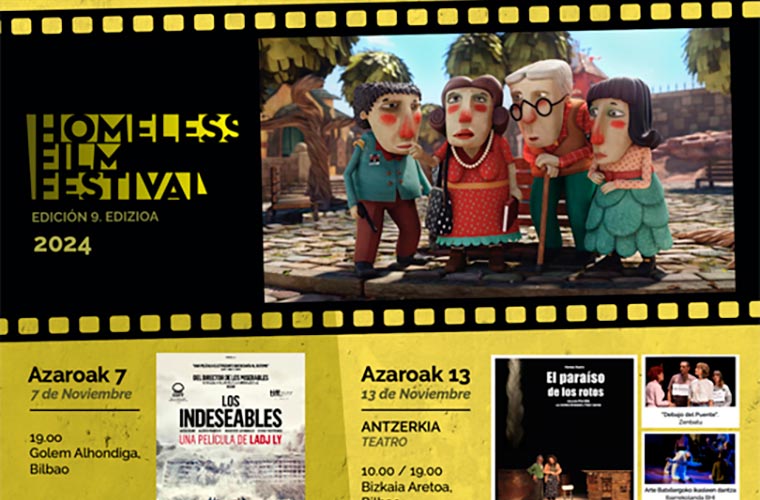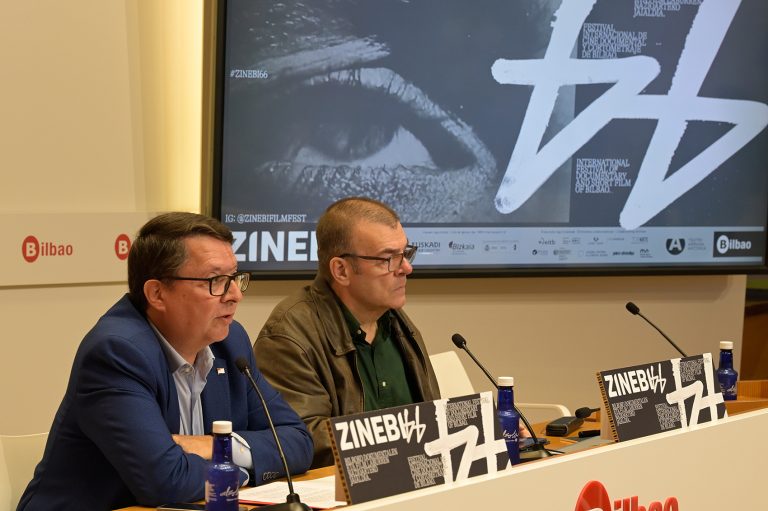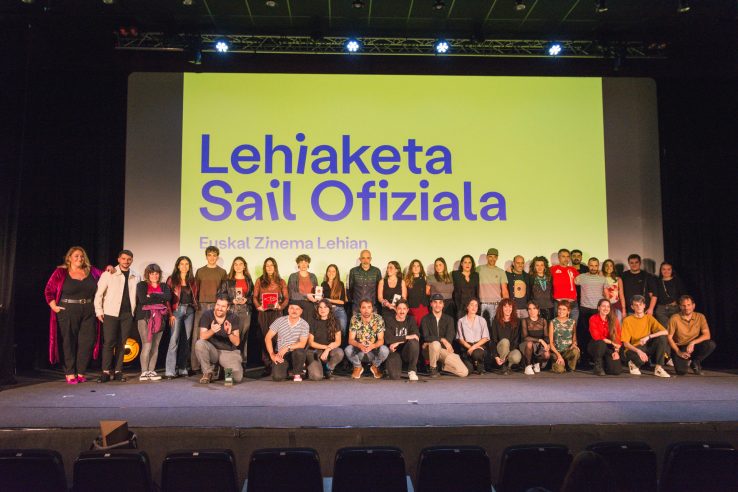The Western genus was not dead, but slept
- Western has always been regarded as the primary and pure cinematic genre. Especially because she doesn't drink from literature, theater and photography, compared to other genres. In short, a genre that is born with cinema. In the 1960s, film has become a genre that has suffered a noticeable decline since the issuance of two or three times (at least), and today many give it almost for death. But are you sure he's dead?
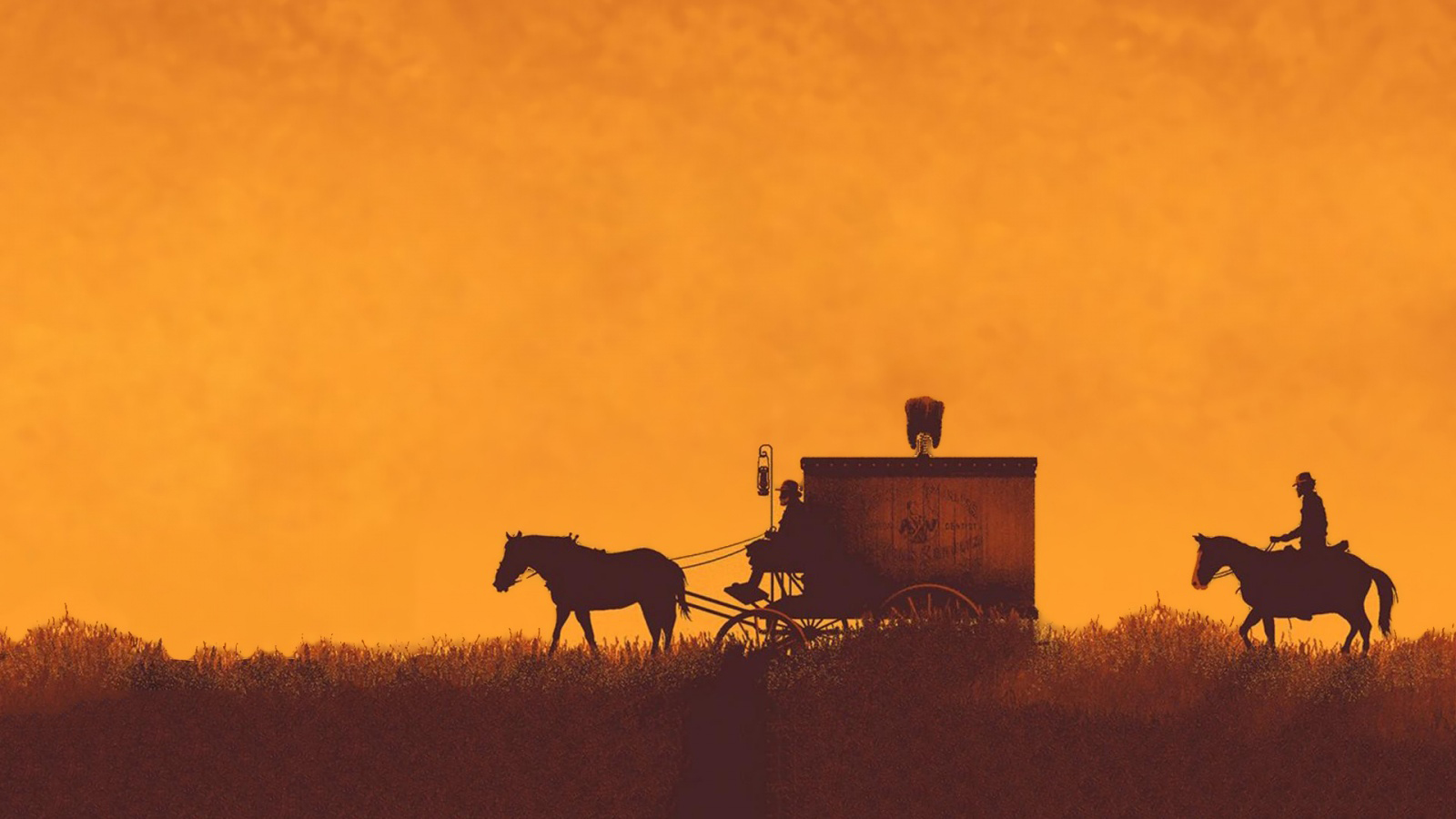
Creation
The roots of this genre can be found in 1903, a time of silent film. When Edwin Stanton Porter premiered The Great Train Robbery. Most posterior western had similar characteristics: They were located in the former west of the United States, and the expansion towards the Pacific coast caused the new settlers to explore unknown lands. The fight against indigenous people was, of course, a crucial issue. Most of the time they offered a very accurate and false account of real facts, but well, sometimes they have served us to know their names and their customs.
The most glorious moments were the 1940s and 50s. Many of these directors who influenced gender have become the most important in movie history today. It's impossible to forgive him for not mentioning John Ford on these lines. He was the director who established the Western rules and for many he is the filmmaker who best expressed his values and his spirit through film. The epic of his films influenced all the directors of subsequent generations. In Howard Hawks, for example. In Hawks, Red River, Rio Bravo, Río Lobo marked a milestone. I would mention many names: William Wellman, Anthony Mann, Fred Zinnemann, Nicholas Ray, King Vidor and the great Sam Peckinpah, whom I think has been greatly underestimated.
Decrement
Over the years, some factors that led to the fall of this genre began to be explained; for example, in the 60's there were years revolted in the United States, both socially and politically. As a result, he suffered a kind of chain reaction that weakened the machinery of the large studies. The public turned that interest off and new aspects of gender were developing. For example, the European Western or the Western Spaghetti. Through the classic clichés of the American Western, through myth, a style of its own
The Western Spaghetti, through myth, created its own style through the classic clichés of the Western American. For many critics, this subgenre changed the way of making movies.
A was created. For many critics, this subgenre changed the way of making films. Until then, the music we heard in the movies (except for a few exceptions) was limited to the understanding of the artists. Ennio Morricone and the soundtracks composed for this genre were very popular. The original soundtrack became an essential component to give strength to action scenes. Playing with the montage, music served as a vehicle to turn the rare sequences into climax moments of the film.
But a number of critical currents started to look at film from another point of view. In search of deeper meanings, the western world was closer to the abyss of disappearance, claiming that the environments it created were simple, repetitive, macho and xenophobic. After World War II, they began to question that traditional style, discovering new narrative and stylistic elements, and emerging the need to create more realistic stories.
Today…
Obviously, in the last 25 years, few Western have been released. OK. But to detect the level of quality, I think if we did an average with all the titles, at least with respect to other genders, we would give a very high level. He has been able to get rich by crossing with other genres and using new perspectives and styles. Are films of this genre made today? And what are they made of value? The Assassination of Jesse James By The Coward Robert Ford (2007), Unforgiven (1992), Django Unchained (2012), Appaloosa (2008), True Grit (2010), Meek’s Cutoff (2010), The Proposition (2005), The Melyreant,
Itoiz, udako sesioak filma estreinatu dute zinema aretoetan. Juan Carlos Perez taldekidearen hitz eta doinuak biltzen ditu Larraitz Zuazo, Zuri Goikoetxea eta Ainhoa Andrakaren filmak. Haiekin mintzatu gara Metropoli Foralean.












